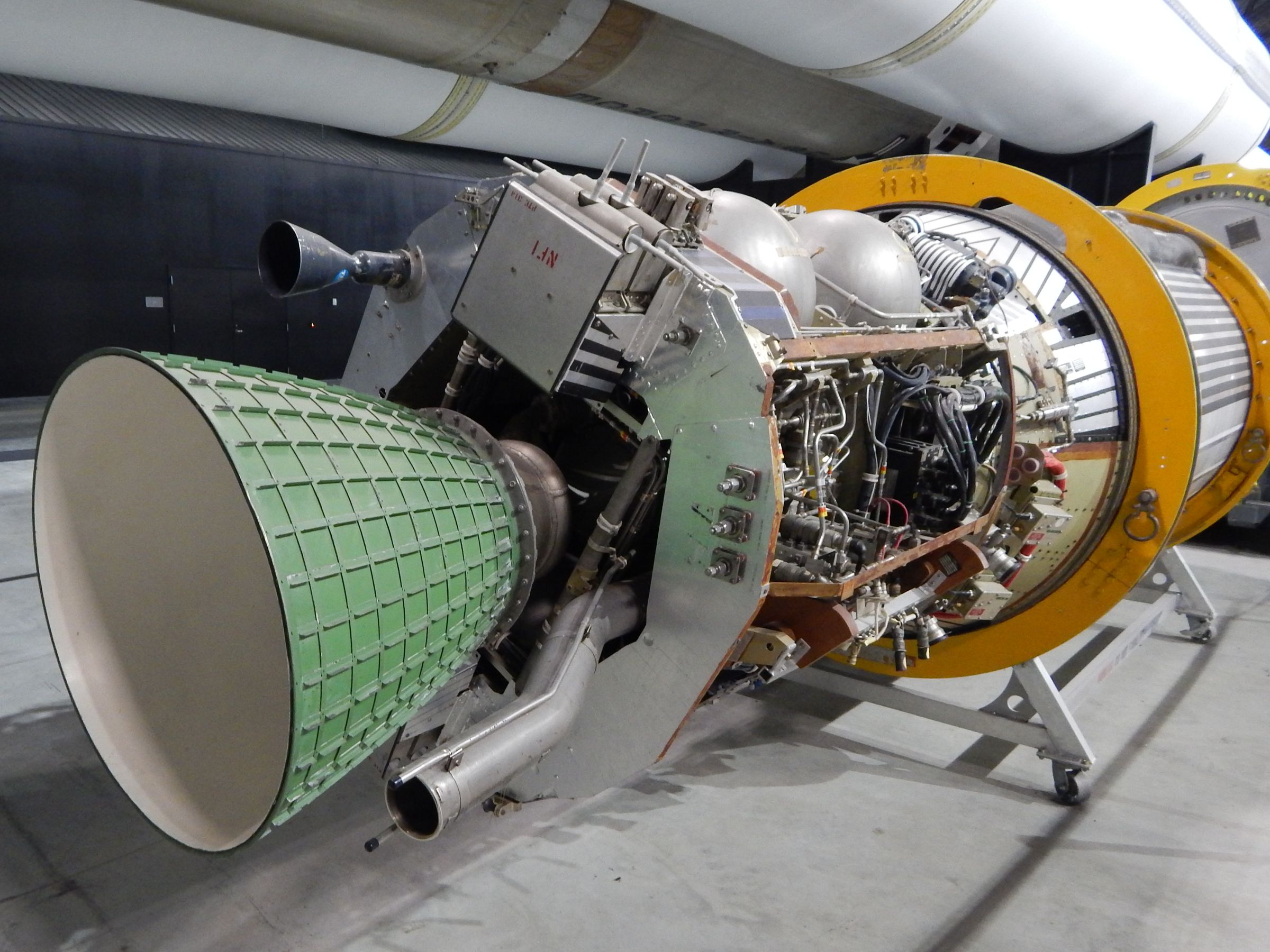
This 1964 documentary titled “Lunar Bridgehead produced by NASA’s Jet Propulsion Laboratory, Pasadena, California, chronicles the moments leading up to and following the Ranger 7 mission’s lunar impact 50 years ago. No wonder since that’s when it was produced. Here’s a short 1964 documentary chronicling Ranger 7 titled “Lunar Bridgehead” that truly harkens back to the 1950s and 1960s and sci fi movies of the time. They were built by NASA’s Jet Propulsion Laboratory, Pasadena, California. The flight was entirely successful and was followed by Ranger’s 8 and 9. Ranger 7 was the first successful mission in the Ranger series. It was powered by a pair of 1.5 m long solar panels and was equipped with a science payload of six television vidicon cameras transmitting data via the pointable high gain antennae mounted at the base. The 365.7 kilogram (806 lb) vehicle was 4.5 m wide and stood 3.6 m (11 ft) tall and was the Block 3 version of the Ranger spacecraft. Ranger 7 was launched atop an Atlas Agena B rocket on 28 July 1964 from what was then known as Cape Kennedy and smashed into our nearest neighbor after 68.6 hours of flight at a velocity of 2.62 km/s (1.62 miles per second). The final image from Ranger 7 shown herein had a resolution of 0.5 meter/pixel. EDT) in an area between Mare Nubium and Oceanus Procellarum at a spot subsequently named Mare Cognitum at 10.63 S latitude, 20.60 W longitude. Credit: NASA/JPL-CaltechĪltogether the probe took 4,308 excellent quality pictures during its final 17 minutes before crashing into the Moon at 13:26 GMT (9:26 p.m. The top image was taken by the P3 camera and the bottom image by P1. The pictures are cut off because the spacecraft impacted the surface before completing the transmission.

They were taken by the number 1 and 3 P-channel cameras at 0.39 and 0.19 s before impact from an altitude of 1070 and 519 meters, respectively. Was it firm? Would a landed spacecraft or human astronaut sink? Last Ranger 7 images taken before impact on the Moon. There were vigorous debates back then on whether it was even hard or soft. It’s hard to conceive now, but 5 decades ago at the dawn of the Space Age no one knew what the surface of the Moon was really like. The priceless pictures would be used for science investigations as well as to search for suitable landing sites for NASA’s then planned Apollo manned Moon landers. The purpose of NASA’s robotic Ranger program was to take high-quality pictures of the Moon and transmit them back to Earth in real time before being decimated on impact. The impact site is off the frame to the left. The frame is about 230 km across and north is at 12:30. The dark flat floor of Mare Nubium dominates most of the image, which was taken 8.5 minutes before Ranger 7 impacted the Moon on 31 July 1964. Ranger 7 B-camera image of Guericke crater (11.5 S, 14.1 W, diameter 63 km) taken from a distance of 1335 km. Pickering, the director of JPL during the mission, said at the time.

“It looks as though this particular shot has been indeed a textbook operation,” William H. Ranger 7 impacted out of view of the lead image, off to the left of the upper left corner. Ptolemaeus crater is above and Arzachel is below. The large Alphonsus crater is at center right and 108 km in diameter. The history making image was taken at an altitude of 2110 kilometers and is centered at 13 S, 10 W and covers about 360 kilometers from top to bottom. Ranger 7 took the milestone maiden picture of the Moon by an American spacecraft, on 31 July 1964, shown above, at 13:09 GMT (9:09 AM EDT) about 17 minutes before impacting the lunar surface on a suicide dive. spacecraft 50 Years ago on July 31, 1964. Indeed the first critical robotic step to the manned landings was successfully taken when NASA’s unmanned Ranger 7 probe captured the first image of the Moon by a U.S. As we remember the 45th anniversary of Earth’s historic 1st manned lunar landing last week by America’s Apollo 11 crew of Neil Armstrong and Buzz Aldrin on July 20, 1969, it’s likewise well worth recalling NASA’s pioneering and historic unmanned robotic mission Ranger 7 – that led the way to the Moon almost exactly 5 years earlier and that paved the path for the eventual 1st human footsteps on another celestial body.


 0 kommentar(er)
0 kommentar(er)
